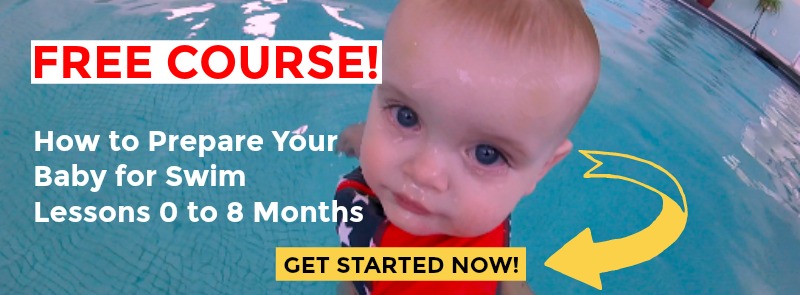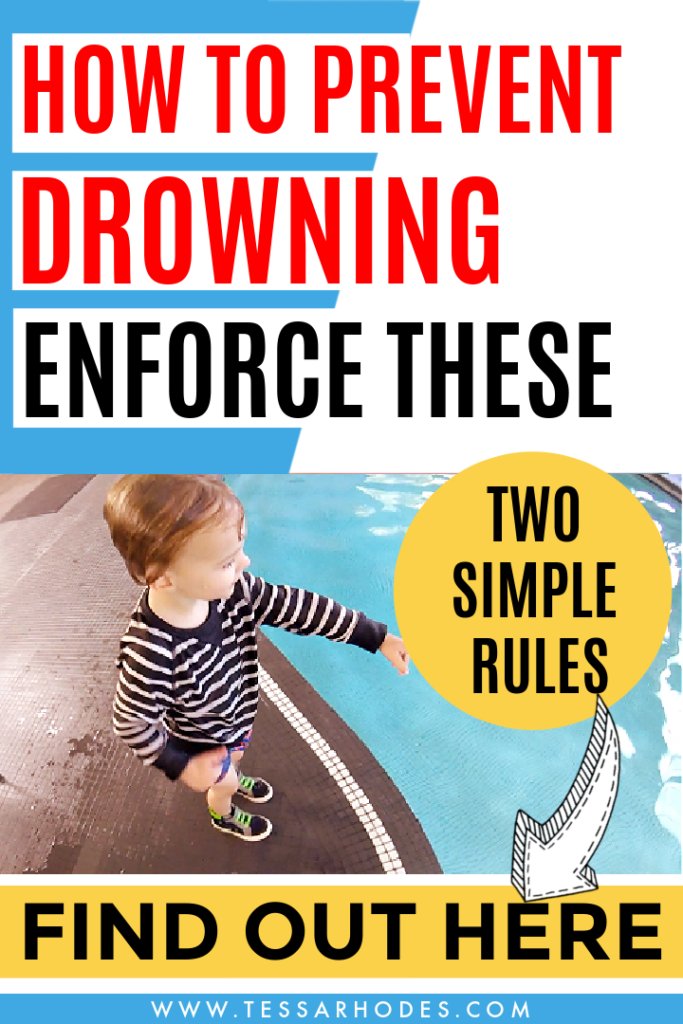
I recently read a mother’s story about the loss of her 2-year-old son to drowning. There is nothing more devastating than outliving your child. Unfortunately, drowning is commonplace among children, especially in the 1 to 4-year-old age group. It’s the number one leading cause of accidental death. teach your child to respect the water.

The mother who lost her son said that the incident took place in their backyard pool. She said that their pool is fenced in and equipped with a self-closing self-locking gate latch. Somehow her child accessed the pool anyway. She didn’t talk about the type of pool fence installed. Likely, it wasn’t a climb-resistant fence.

In any case, her message was that it doesn’t matter if you have your pool fenced in and all the alarms in place, you must make it a rule in your house that your children cannot go near water without strict adult supervision.
I emphasize this exact message in this video tutorial. The video you are about to see is from the upcoming online course, entitled Teach Children to Swim 18 to 24 Months.
It teaches you how to encourage independence in your child while driving home the message that water demands respect, and therefore these two rules must be enforced in your household.
Why Do We Want to Encourage Independence in Our Child?
Because once your child is independently mobile in the water, the better chance they have of surviving if they were to fall into a pool accidentally. Learning Independence doesn’t mean letting your child be in the water on their own. You will be there with them strictly supervising and staying within arm’s reach at all times.

How to Teach Your Child to Respect the Water
Your toddler is very mobile now and wants to fly solo more than ever, which puts them at risk around water. They also understand almost everything, so use this to your advantage and teach your child to follow the rules concerning water.
Rule number one should be that they must always ask for your consent and be accompanied by a responsible adult if they want to go near any water.
These water bodies include a pool, pond, lake, creek, river, puddle, ocean. It also includes anything that can contain water like a sink, toilet, bathtub, bucket, or kiddie pool, to name a few.
Whenever you are around water with your little one, you must stay within arms reach, even if they’re wearing a life jacket.

Rule number two should be to make it mandatory that you always get in the pool first, and then your child must wait for your signal before they are allowed to enter.
When you condition your child to hold their breath, you are primarily teaching them not to go underwater until they hear “name, ready, go.” Tell them that they’re allowed to get in the pool when you say, “ready, go,” or a similar phrase. And then and only then are they allowed to enter.
Now that your child is in the pool, you must encourage independence in them. Independent play teaches them to respect the water. And the best way for toddlers to learn this crucial lesson is through play and exploration. So, give them some age-appropriate toys and let them explore the shallow ledge or steps. Stay within arms reach and only assist them if necessary.

Let them figure out what works and what doesn’t. When allowed to take risks when the level of danger is minimal, they learn their boundaries and limitations and the difference between deep and shallow water.
Monkey walking, as depicted in the video, is another fantastic activity to include in your lessons. It’s a safety skill and an excellent way to explore deepwater, thereby learning that the shallow end is the safest place in the pool. It also strengthens their muscles as they support their body weight.
When children understand that water is something that demands respect, they are less likely to put themselves at risk.
